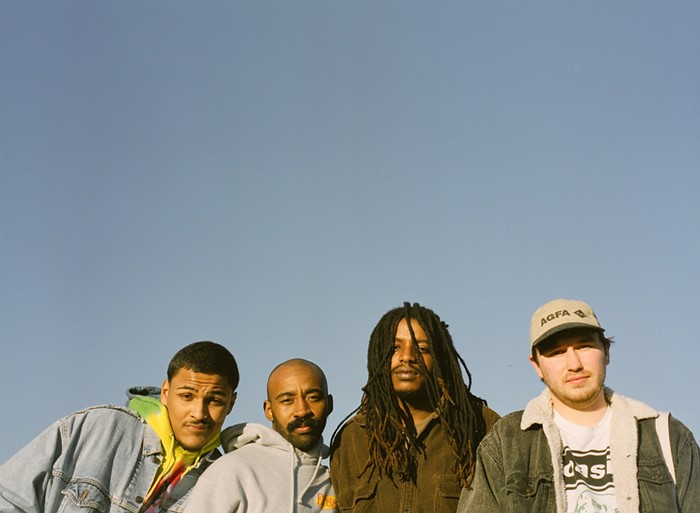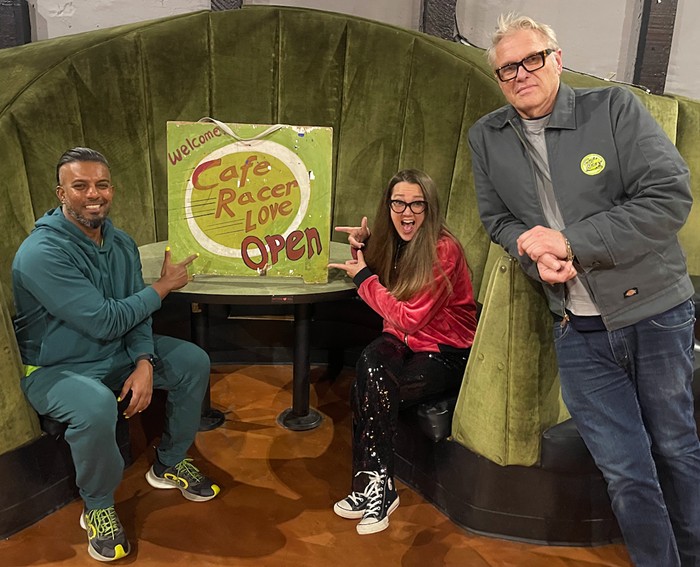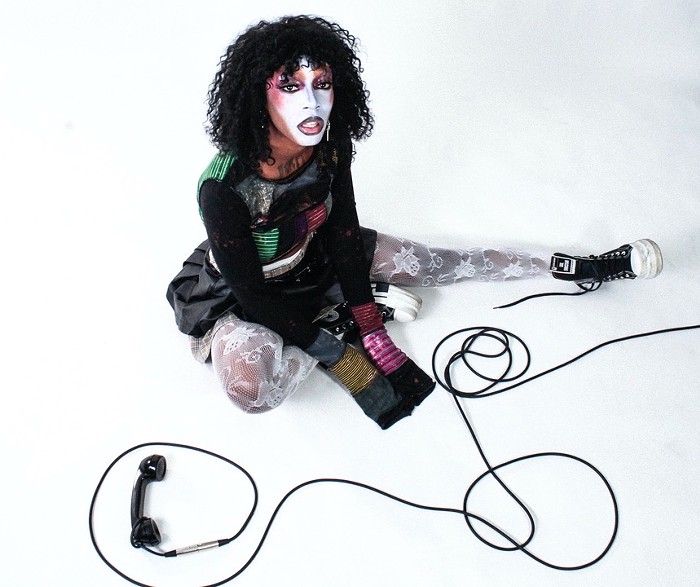A century on and the evolution of jazz continues to unfold. There will always be traditionalists and there will always be those who desire to walk the coals to find the next level of blowing. The intention of these weekly posts will not be to hold your hand through the chronology of jazz history, but to give you an idea of the many directions you can choose to go in the exploration of the myriad, complex, and curious forms that fall under the moniker of jazz.
Part of the fun of putting together these short posts is parsing information from various interviews and articles on a chosen subject. It is (almost) always interesting to read the varying views an artist will have about their art form, particularly when it is coming from their own mouths. Whether a bit of technical jargon or a personal revelation is parlayed, insights are to be had. The best are when it feels as if you are the one having a conversation with them, just hanging out and shooting the breeze. Often, amusing anecdotes are related and these dovetail nicely into a collective jumble of jazz history, even if it is only for your own personal edification. If you're keeping score or if it is of casual interest to you, you can't help but notice that these recollections are part of the weave, part of the texture of the rich fabric of jazz.
Bobby Hutcherson's Smithsonian NEA Jazz Master Oral History interview, which you can read here, is a loose recounting of his history in music and is thick with entertaining and often humorous stories of a lifetime spent playing jazz. As a leader and a sideman his vibraphone playing has graced innumerable recordings over the last 50 years or so, including many landmark records for the adventurous Blue Note label during its golden era of the mid to late 1960s. A short list of collaborators includes Jackie McLean, Grachan Moncur III, Eric Dolphy, Andrew Hill, Tony Williams, Grant Green, Joe Henderson, John Patton, McCoy Tyner, Billy Higgins, Duke Pearson and Lee Morgan. If you are unfamiliar with some of these names, let's just say that it is some heavy company to keep, and you should get to investigating. The music produced from these various groupings is endlessly rewarding and you could spend a fair amount of time, years at least, a lifetime perhaps, exploring these recordings.
The vibes are by far one of the most psychedelic instruments employed in jazz and are relatively new to the idiophone family, dating from the 1920s. Depending on how the motor is set (which controls a butterfly valve, producing tremolo) they can achieve a deep quavering vibrato with a long sustain or, conversely, almost none at all, resulting in a unique metallic plunk. In this way the instrument can provide interesting percussive punctuation or function as an instrument capable of long flights of intricate legato soloing. In Hutcherson's capable hands those metal bars ring out with all the possible human emotional variants and perhaps a few others we haven't yet named. Their haunting sonority works as an insidious lure, like a honeycomb to a bear, and soon you'll find yourself tripping-out in the land of jazz. You needn't worry, though; it's a groovy place, especially if you hang with the Hutch for a while.
Hutcherson has a devotional approach to the act of playing music and he lets you know, "The bandstand should become an altar, a place for prayer, a religious situation." This idea elevates jazz beyond mere entertainment and allows both the performer and the listener be exalted by the music. He also likens playing music to true love and his advice is solid: "...you can try to just give it guidance, give music guidance, and try to be a good example to people around you, to your children, to your community around you. Therefore, true love asks for nothing in return, only the thrill of giving it."


















